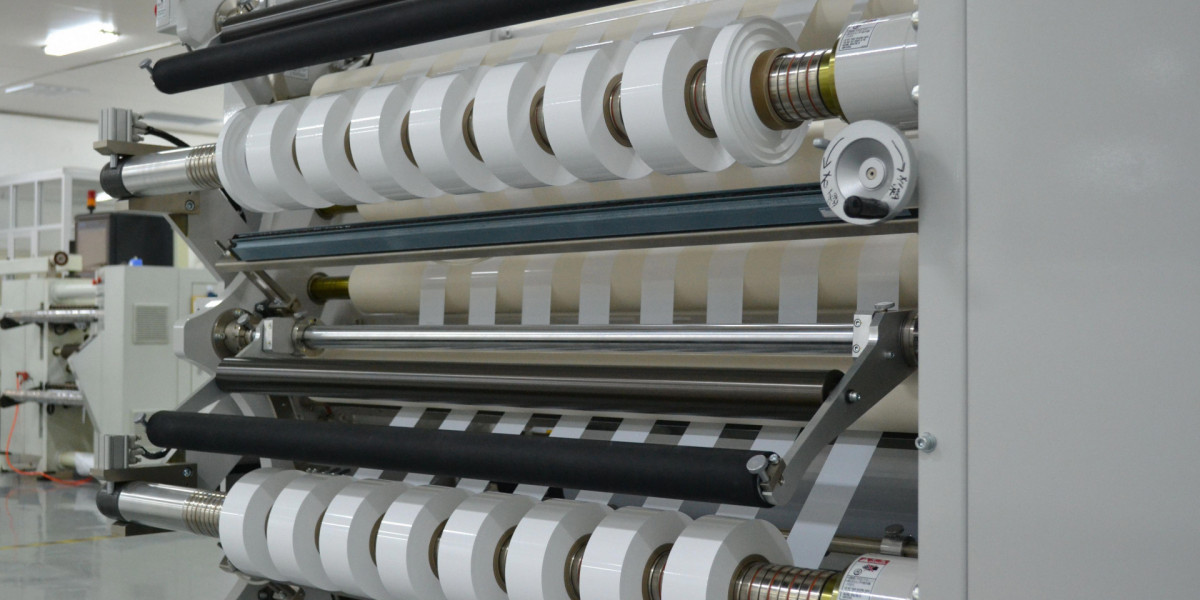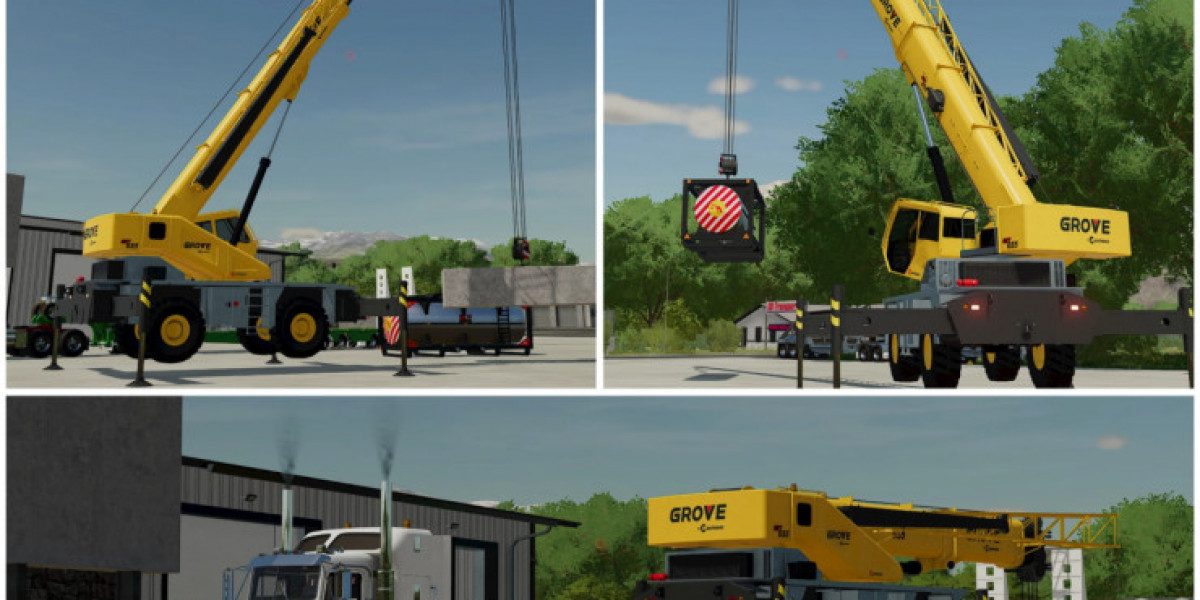The lithium-ion battery separator market plays a pivotal role in the performance, safety, and efficiency of lithium-ion batteries, which are critical for electric vehicles (EVs), consumer electronics, and renewable energy systems. However, the market faces several pain points that hinder its growth and performance. These challenges include material limitations, high production costs, supply chain disruptions, regulatory hurdles, and safety concerns. Understanding and addressing these pain points is essential for the continued success of the market, especially as the demand for efficient and safe energy storage solutions increases. This article will explore these pain points and discuss potential solutions the industry is adopting to mitigate these issues.
1. Material Limitations and Performance Challenges
One of the significant pain points in the lithium-ion battery separator market is the limitations of traditional separator materials. The most commonly used separators, typically made from polyethylene (PE) or polypropylene (PP), face significant performance restrictions as energy storage needs evolve.
Increased Energy Demands: As the demand for higher energy densities grows, especially for electric vehicles and large-scale energy storage systems, traditional separators often struggle to meet the required performance standards. These separators have limited heat resistance, mechanical strength, and conductivity, which can affect battery efficiency and safety under extreme operating conditions.
Need for Advanced Separators: To address these limitations, manufacturers are turning to advanced separators that incorporate materials like ceramic coatings or multilayer structures. While these advanced separators offer better performance, they are more expensive and harder to produce, adding a layer of complexity to the production process.
Development of Solid-State Batteries: The push for solid-state batteries, which promise higher energy densities and enhanced safety, presents another material challenge. Solid-state batteries require separators that can work with solid electrolytes, and currently, there are no widely adopted separator solutions for this new technology. This necessitates a significant investment in R&D to develop new materials that are compatible with solid-state batteries.
2. High Production Costs
The production of lithium-ion battery separators, particularly those made from advanced materials, can be costly. This issue is a critical pain point for the market, as high manufacturing costs can affect the price competitiveness of lithium-ion batteries.
Costs of Advanced Materials: Advanced separators that use ceramic coatings, multilayer structures, or novel polymers are significantly more expensive than traditional PE and PP separators. These advanced materials are essential for enhancing the performance of lithium-ion batteries, especially in high-demand applications like electric vehicles and energy storage systems. However, the increased costs can limit the scalability of these separators in price-sensitive markets.
Impact on Battery Prices: The cost of separators contributes to the overall cost of lithium-ion batteries. In turn, this affects the pricing of end-products like electric vehicles and consumer electronics. As battery prices remain a barrier to the widespread adoption of electric vehicles and other green technologies, reducing separator costs without sacrificing quality is essential for the industry’s growth.
Economies of Scale: Large manufacturers with economies of scale can absorb the high costs of advanced separators, but smaller companies may struggle to stay competitive. This creates a market imbalance where larger companies dominate, and smaller firms face significant barriers to entry.
3. Supply Chain Disruptions and Raw Material Shortages
Supply chain disruptions are another critical pain point impacting the lithium-ion battery separator market. As demand for lithium-ion batteries grows, the competition for raw materials used in separator production intensifies, creating potential bottlenecks.
Material Shortages: Key materials like polyethylene, polypropylene, and specialized polymers used in separator production are subject to supply chain fluctuations. Any disruption in the availability of these materials can lead to production delays and cost increases. For example, shortages of polyethylene can delay separator production, thereby slowing down the overall battery manufacturing process.
Geopolitical Issues and Trade Restrictions: Geopolitical tensions and trade restrictions can further exacerbate supply chain disruptions. For instance, the dependence on certain regions for raw materials can create risks if there are trade disruptions, currency fluctuations, or political instability in those areas. Manufacturers must adapt to these risks by diversifying their supply chains and securing long-term contracts with suppliers.
Environmental Concerns: The extraction and processing of raw materials for separator production also raise environmental concerns. Issues related to resource depletion and waste management require the industry to adopt more sustainable practices, which could add to production costs and complexity.
4. Regulatory Challenges and Compliance
As the adoption of lithium-ion batteries grows, so do the regulatory challenges surrounding their production, use, and disposal. Separators, as a critical component of batteries, must comply with a variety of regulations to ensure safety and environmental sustainability.
Safety Regulations: Lithium-ion batteries are known to pose risks such as thermal runaway, fires, and explosions, especially in high-energy applications like electric vehicles. Consequently, separators must meet stringent safety regulations to prevent these hazards. These regulations often require expensive testing and certification processes, which can delay the introduction of new separator technologies to the market.
Environmental Regulations: Governments around the world are increasing regulations related to the environmental impact of batteries, including the materials used in separators. The demand for recyclable or biodegradable separators is on the rise as the industry faces increasing pressure to reduce the environmental footprint of its products. Developing environmentally friendly separators that meet performance and safety standards without significantly increasing costs presents a challenge for manufacturers.
Recycling and End-of-Life Management: Another regulatory concern is the disposal and recycling of lithium-ion batteries. As the adoption of electric vehicles and energy storage systems grows, so does the need for efficient recycling solutions for spent batteries and separators. Regulatory requirements around recycling processes add complexity to the production and disposal phases of the battery lifecycle.
5. Safety and Performance Concerns
Safety remains a paramount concern for the lithium-ion battery industry. As lithium-ion batteries are used in high-risk environments like electric vehicles and large-scale energy storage systems, ensuring the safety of separators is critical.
Risk of Thermal Runaway: One of the primary functions of separators is to prevent short circuits and thermal runaway, which can lead to catastrophic failures. The inability of traditional separators to effectively prevent such failures under extreme conditions is a significant pain point. As batteries become more powerful and operate under higher loads, separators must be able to withstand higher temperatures and more intense conditions.
Quality Control Issues: Ensuring the quality and consistency of separators is another pain point for the industry. Manufacturing defects, such as uneven coating or inadequate thickness, can lead to performance failures. As a result, manufacturers need to implement stringent quality control measures, which adds to the complexity and cost of production.
6. Strategies to Address Pain Points
To overcome these pain points, the lithium-ion battery separator market is exploring several strategies:
Material Innovation: Ongoing R&D efforts are focused on developing new separator materials that are cost-effective, high-performing, and safe. Researchers are exploring alternatives to traditional polyethylene and polypropylene materials, as well as developing separators that are compatible with solid-state batteries.
Supply Chain Diversification: To mitigate risks related to raw material shortages and supply chain disruptions, companies are working to diversify their sources of raw materials and establish more resilient supply chains. Partnerships with local suppliers and investments in alternative materials are becoming increasingly common.
Collaboration and Standardization: Manufacturers are collaborating with regulatory bodies and industry organizations to set safety standards and environmental guidelines for separator production. Standardizing best practices and certifications can help ensure consistent quality and compliance across the industry.
Conclusion
The lithium-ion battery separator market faces several pain points, including material limitations, high production costs, supply chain disruptions, regulatory challenges, and safety concerns. However, through innovation, collaboration, and investment in sustainable practices, the industry can address these challenges and continue to grow. By overcoming these pain points, the lithium-ion battery separator market will be better positioned to meet the increasing demand for high-performance, safe, and environmentally friendly energy storage solutions.
Discover more: https://www.pristinemarketinsights.com/lithium-ion-battery-separator-market-report









